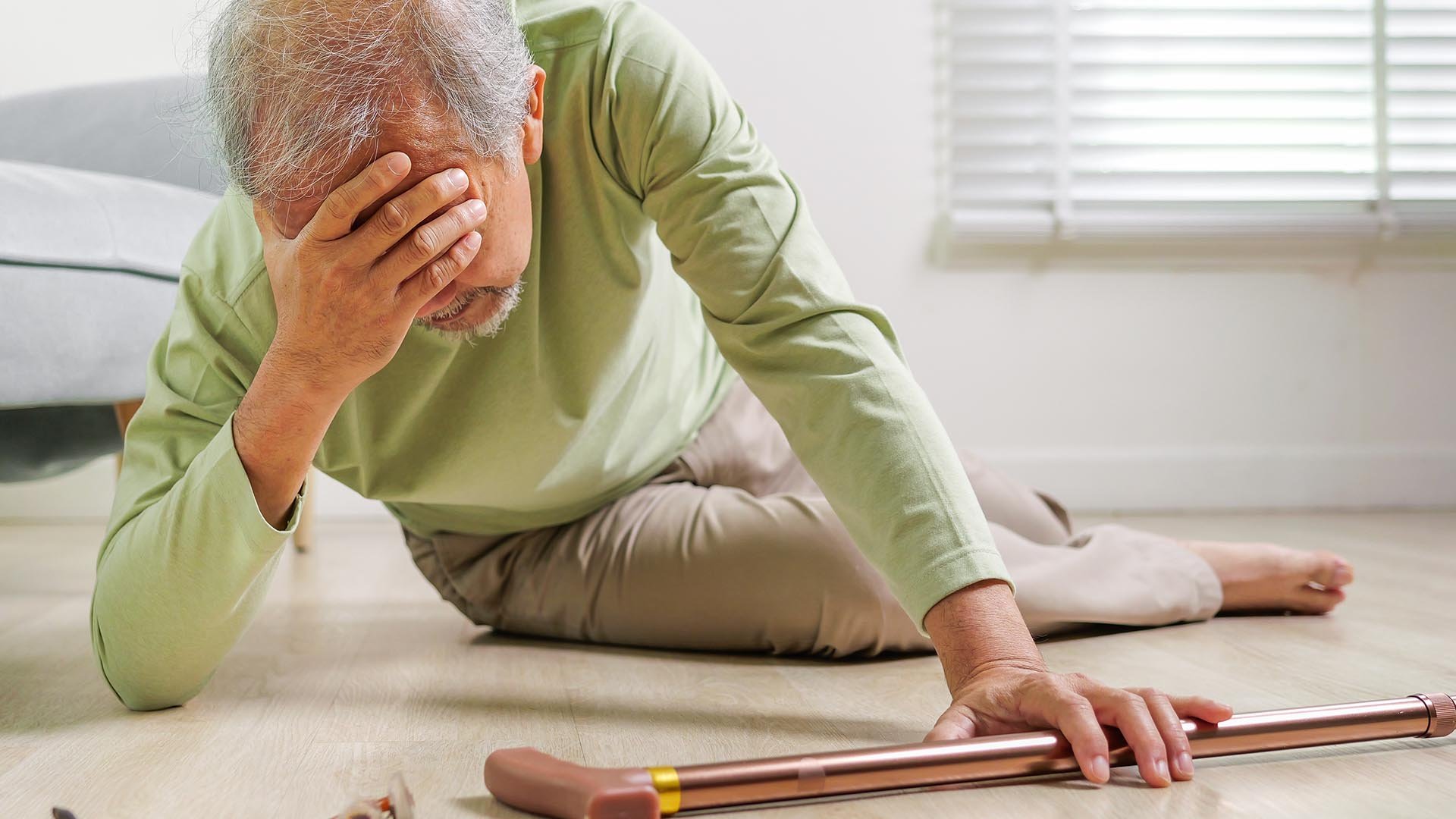Conducting a Fall Risk Assessment: Identifying At-Risk Residents

Falls are one of the leading causes of injuries in nursing homes, with 1 in 2 residents experiencing a fall each year. Many of these incidents lead to serious complications such as fractures, head trauma, or long-term mobility loss. However, with proper risk assessments and preventative strategies, nursing homes can significantly reduce fall rates and enhance resident safety.
A fall risk assessment is a structured evaluation used to identify residents at high risk for falls, allowing staff to develop personalized fall prevention plans. By integrating evidence-based assessment tools, interdisciplinary collaboration, and support from nursing home consultants like Qsource, nursing homes can take a proactive approach to fall prevention and improve overall quality of care.
Learn about Our Consulting Services
Key Components of a Fall Risk Assessment
A comprehensive fall risk assessment should evaluate medical, environmental, behavioral, and physical factors that contribute to falls. Below are the core areas that should be assessed.
Medical and Health-Related Risk Factors
Some residents are inherently more prone to falls due to underlying medical conditions. Staff should review:
- Previous fall history – A resident who has fallen before is more likely to fall again.
- Chronic conditions – Parkinson’s, stroke, osteoporosis, arthritis, and cardiovascular disease increase fall risk.
- Cognitive impairments – Dementia, Alzheimer’s disease, or delirium can lead to confusion and unsafe movements.
- Vision and hearing impairments – Poor eyesight and hearing loss reduce spatial awareness.
- Foot problems and improper footwear – Foot pain, swelling, or inappropriate shoes can contribute to imbalance.
How Qsource Helps: Qsource provides training and resources to help nursing homes assess health-related fall risks and integrate findings into resident care plans.
Medication Review: Identifying Drug-Related Fall Risks
Certain medications increase dizziness, drowsiness, and unsteady gait, making residents more susceptible to falls. During the assessment, staff should review:
- Sedatives and antipsychotics – These can cause excessive drowsiness or confusion.
- Blood pressure medications – Can lead to orthostatic hypotension, causing sudden dizziness upon standing.
- Diuretics and laxatives – Can lead to dehydration and electrolyte imbalances, affecting muscle control.
- Pain medications and opioids – May impair balance and coordination.
Best Practice: Collaborate with pharmacists and physicians to evaluate medications and explore safer alternatives where possible.
How Qsource Helps: Qsource supports medication reviews by providing nursing homes with best practices for safe medication management to reduce fall risks.
Physical Mobility and Strength Testing
Residents with muscle weakness, balance issues, or limited mobility require extra support to prevent falls. A mobility assessment should include:
- Gait and balance tests – Such as the Timed Up and Go (TUG) test, which measures how quickly a resident can rise from a chair, walk a short distance, and sit back down.
- Lower body strength evaluation – Assessing the ability to stand, pivot, or transfer safely.
- Need for assistive devices – Determining if the resident requires a walker, cane, or wheelchair to maintain stability.
Tip: Implement physical therapy programs to improve balance and strengthen lower body muscles for at-risk residents.
Environmental Safety Check
The nursing home environment plays a major role in fall risk. During the assessment, staff should check for:
- Cluttered walkways and furniture arrangements – Ensure clear pathways for easy mobility.
- Lighting conditions – Poor lighting can increase trip hazards, especially in hallways and bathrooms.
- Flooring surfaces – Slippery floors, loose rugs, or uneven surfaces must be corrected.
- Grab bars and handrails – Should be installed in bathrooms, hallways, and near beds.
- Bed and chair height adjustments – Ensuring that beds and chairs are set to appropriate heights for safe transfers.
Tip: Encourage routine environmental audits to maintain a hazard-free space.
Behavioral and Psychological Considerations
Beyond physical and medical risks, mental and emotional factors can also increase fall likelihood. Consider:
- Fear of falling – Some residents may limit their movement out of fear, leading to muscle weakness and increased risk.
- Depression and isolation – Residents who feel disengaged may not seek help when needed.
- Non-compliance with mobility aids – Some residents resist using walkers or canes, increasing risk.
Tip: Provide counseling and reassurance to residents struggling with fall-related anxiety.
Implementing Fall Prevention Interventions Based on Assessments
Once a fall risk assessment is complete, staff should take immediate action to prevent falls. Key interventions include:
Personalized Fall Prevention Care Plans
- Modify medications, assistive devices, or physical therapy plans as needed.
- Assign fall risk identifiers (e.g., inconspicuous door markers and care plan updates that flag the resident as high fall risk).
- Increase staff assistance for high-risk residents during transfers or nighttime movements.
Staff Communication and Interdisciplinary Collaboration
- Ensure nurses, aides, therapists, and physicians have real-time access to assessment findings.
- Hold regular meetings to review resident safety plans and discuss new risks.
Resident and Family Education
- Educate residents on safe movement techniques and the importance of assistive devices.
- Inform families about fall risks and how they can support prevention efforts.
How Qsource Helps: Qsource offers evidence-based fall prevention programs that support facilities in developing effective risk assessment protocols and intervention plans.
Why Proactive Fall Risk Assessments Matter
By conducting comprehensive fall risk assessments, nursing homes can:
- Reduce fall-related injuries and hospitalizations
- Improve resident mobility, confidence, and quality of life
- Ensure compliance with CMS regulations and Qsource best practices
- Strengthen staff knowledge and collaboration
Fall prevention is a team effort, and nursing home staff play a vital role in identifying risks and implementing solutions. By using structured assessments, engaging with nursing home consultants like Qsource, and prioritizing resident safety, nursing homes can make significant strides in reducing falls and improving outcomes.
Subscribe to the Qsource Blog
Get emailed articles, guides, and updates.



